Today I am in the cockpit watching the swell roll beneath the boat. It forms into perfect azure lines that rise up to break as curling white foam, peeling away from the rocky point just inside of our anchorage. The broken waves stretch out their frothy fingertips to climb up the golden shore as if trying to escape before being pulled inevitably back to the sea. The horizontal plane of beach is fringed with luscious green palms and low slung villas looking smart in their uniform white-washed walls and red-tile roofs, the occasional frangipani adding a bracing shot of magenta as if the scene were not already quite picturesque enough. At the moment the tide is low, very low. We lie in 15 ft of water and the waves begin to break only a hundred yards from the boat. We are safe, but as I write the next set is 4 -5ft and I decide to move to deeper water. It’s starting to look like good surfing. The forecast is for building swell and I don’t want to worry about the boat. We’ve been anchored in this spot for a week. Time has flown by as if on fast forward.
In news from the fridge department, our well-stocked freezer is running on low between 4 and 9 degrees F – a very, very good thing. It has been almost a month and a half since that evening when our old refrigeration system went up in a puff of electrical smoke. We’ve covered a lot of territory during that time, literally and figuratively.
Looking back several steps, our old refrigeration was a large, heavy belt-driven system that required engine-running or shore power. It needed to be run 1-2 hours per day. The old batteries were flooded lead-acid, good for taking a charge quickly, perhaps not the best for ease of maintenance or longevity. The whole system was designed around a daily engine run. When asked why we had no solar panels we would try to explain that they didn’t make a lot of sense because of our refrigeration. When we needed new battery banks we chose high-quality sealed AGM batteries for their longevity, reportedly taking 1000 charge cycles or more. What I didn’t realize at the time is that AGM batteries prefer and require a lower, slower charge. I reprogrammed the charge regulators for the charger and the engine-driven Balmar alternator when installing the new banks. When the refrigeration system required an update, the choice was easy – we’ve long envisioned a small, quiet 12v system that didn’t mandate use of the engine and didn’t sound like a jet aircraft departing the runway. However, the energy required to charge the 12v battery banks which give us refrigeration, lights, computers and so forth has to come from somewhere. Currently we run the engine, or more typically, our small Honda 2000eu gas-powered generator to recharge the batteries. Unfortunately this is not an efficient charging tool because the AGM batteries prefer such a long, slow charge. AGM’s are much better suited to the steady stream from solar panels than to a hard, fast engine driven charge. We’ve reached a point where solar panels are not just a nice bonus, but a virtual necessity. As we seek shelter from the persistent sun of the Mexican Riviera I can almost taste those free amp-hours as they stream in through efficient solar panels, rush into our battery banks, and cool me an icy cervesa. So this is the next step for us; to figure out how solar works, what we need, and where to source it. In the states we take it for granted that anything we want is just a few clicks away. Getting specialty items like this in Mexico can be a huge challenge, and UPS and FedEx are not viable options.
Next to the the boat, another splash! We are dived regularly by pelicans and boobies. I know what you’re thinking, but these are the bird variety. According to the extra-thick guide book we somehow found room for, this one appears to be a masked booby. We’ve also seen brown and blue-footed boobies diving within a foot or two of the boat. They are chasing fish hiding in the shadow below our hull. We watch them dive on other boats in a similar way. An hour ago a pod of dolphins cruised lazily past, cavorting in the waves, jumping in beautiful arcs. Possibly they were after the same fish as the boobies, but they didn’t come close enough for us to tell. We’ve read that the younger ones are the most playful and inquisitive, while the older ones get more like me, a little grumpy and curmudgeonly. Just now as I look up from writing, two pelicans have come to roost on our bow. Not sure if this is a good idea or not, but it’s pretty cool to see Sean gradually approach them with the camera.
I must admit, to me this entire scene is a miracle. When I really stop to think about it, it’s unbelievable that we’ve made it here as a well-functioning team, and in good working order. We’ve had our problems, sure, but problems are to be expected. How you deal with problems is the real test. I am so proud of my wife and kids as they rise to these occasions, constantly making our team better.
We have kept our cruising schedule deliberately vague so that we could blaze our trail together as a team. The only concrete plans we had were to spend at least a month here in the Puerto Vallarta area. There are many great options from here. We’re currently beginning to gather info for our upcoming BATU team meeting where we will outline our next steps. We will certainly keep the updates coming.
For now, I swing on the bow in our super-comfy ENO hammock from outdoorplay.com and watch the sun set in an impossible explosion of colors that eventually rolls up into a tapestry of moon and stars. I think to myself “we are here, we are HERE, we ARE HERE, WE ARE HERE! Yop!!”
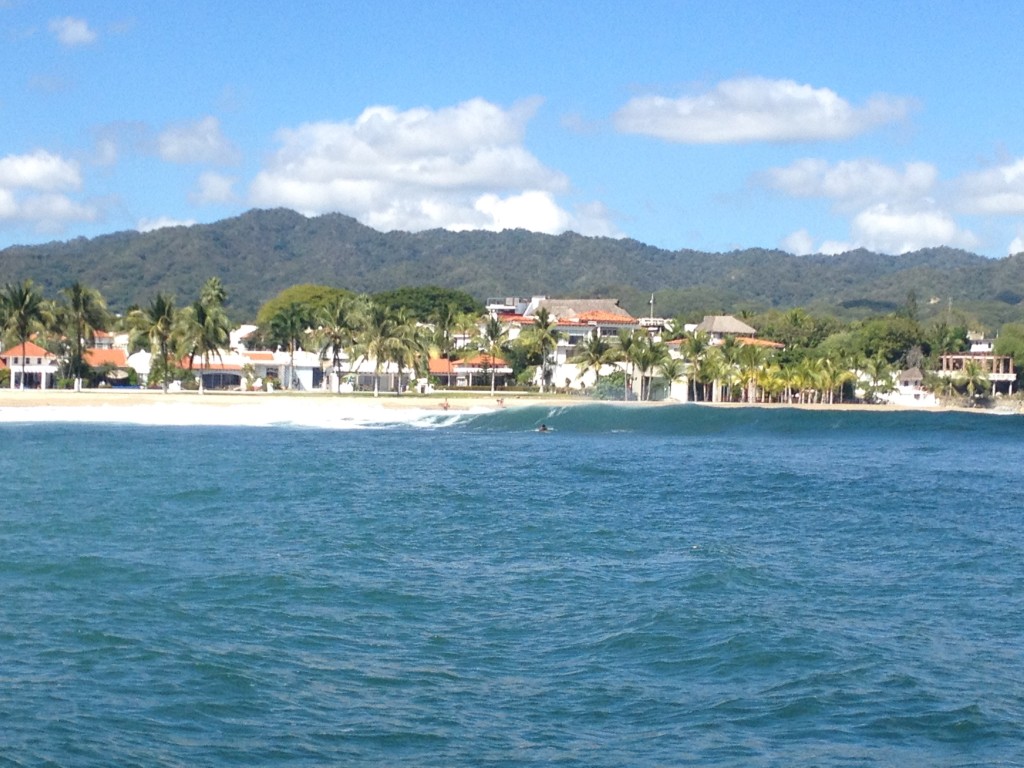
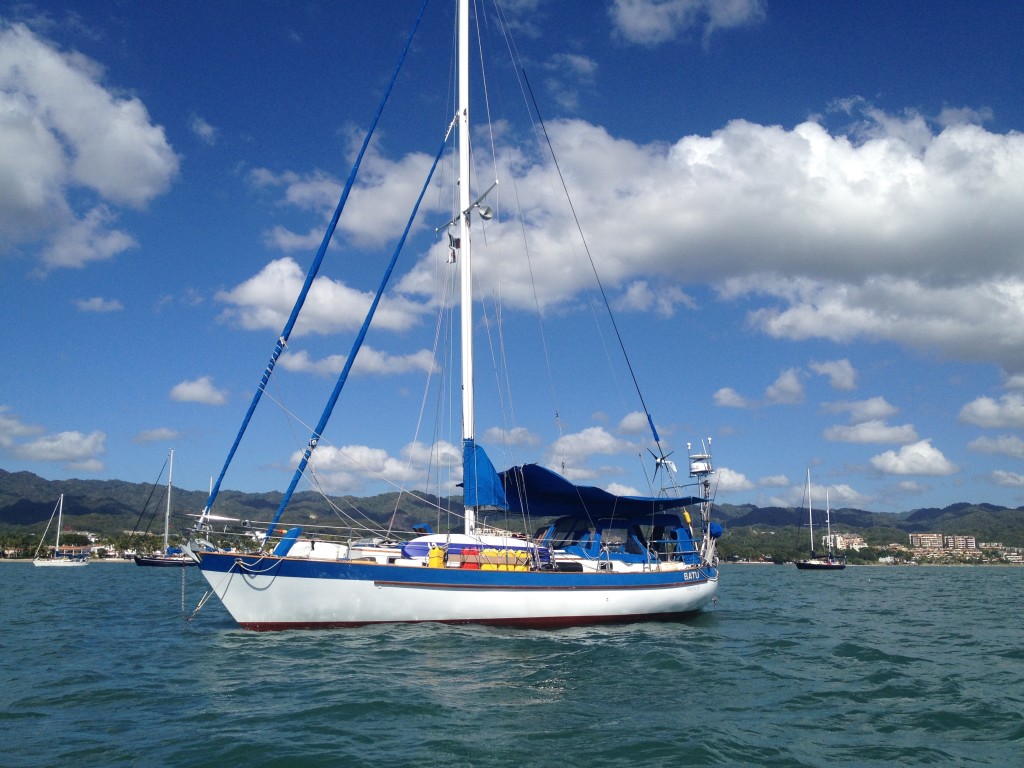
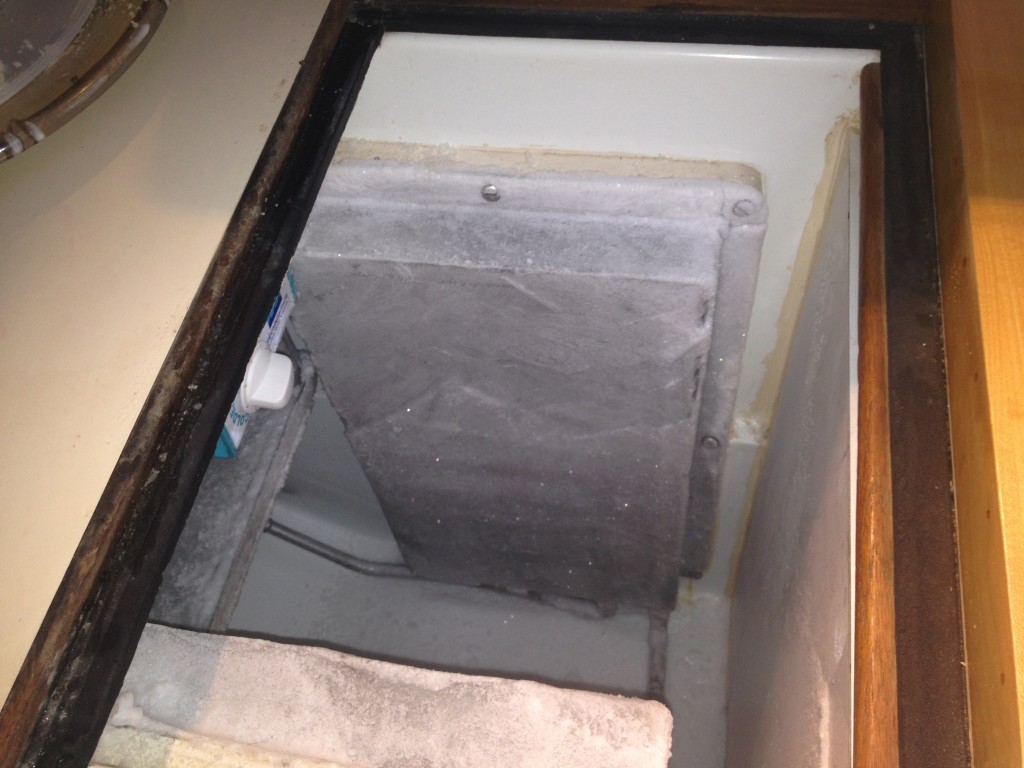
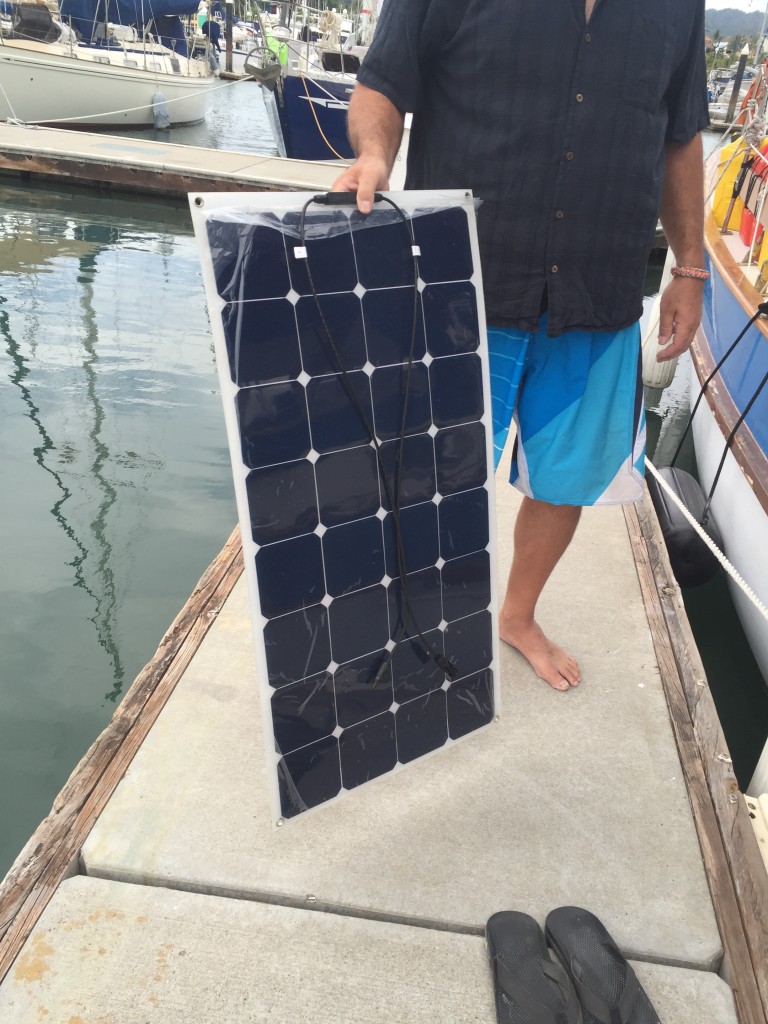
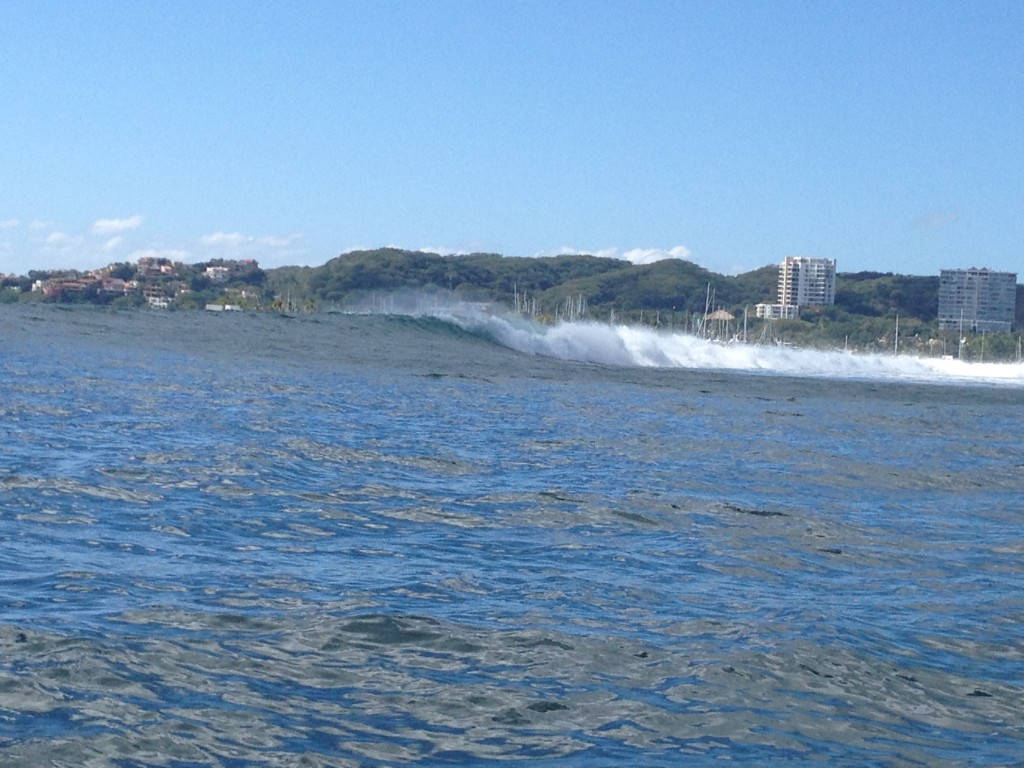
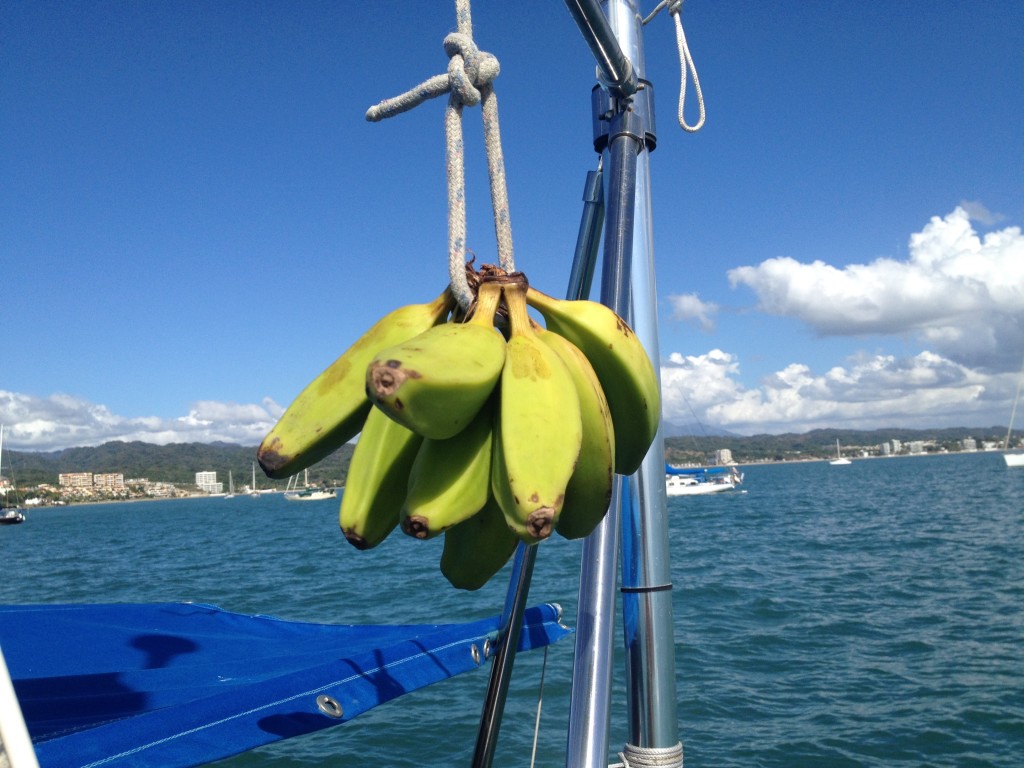
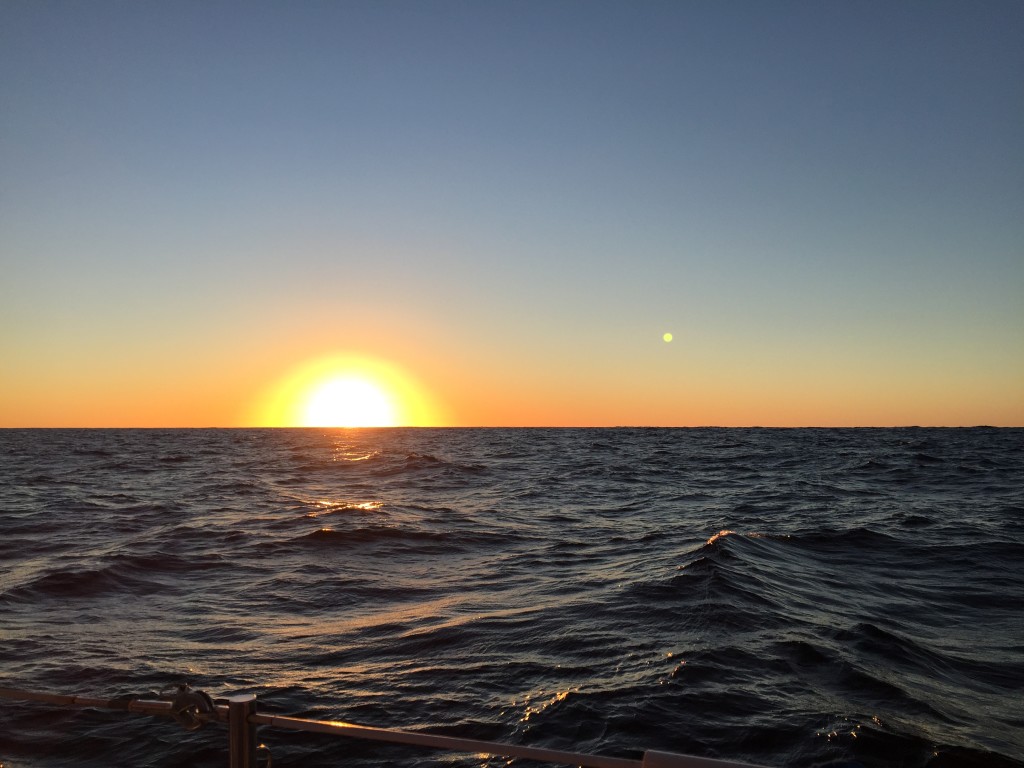
BRAVO‼️‼️❌⭕️❌⭕️
Peter, Karen, Sarah & Sean,
Greetings from the hood. We have had over three inches of rain over the last 10 days or so and it feels like an Alaskan Summer.
I am researching solar so curious what plan you come up with.
After taking time away from boat and chores I will start again next week on building those new lazeret covers. Have been reading about the islands off of Chile.. But then there is Cuba?? Anything I can do to get stuff to you let me know.
Chris
Hi Chris,
Thanks man! We found only one store in the PV area that had any marine solar parts. They had a 50A Blue Sky charge controller, but it was overkill for us. They carried no solar panels because of price competition. There’s a lot of home-oriented solar in the area, but they all sent us packing. So based on cruiser recommendations and cost, we purchased (AMAZON – US delivery) 4 – 100w Mono-crystalline bendable panels from HQST. These are virtually identical to semi-flexible panels we found by Grape (OR based), but Grape was unavailable for several months. To this we added a 30A MPPT Charge Controller by Blue Sky and several parts, fittings, bridles & tools. The whole deal was around one boat buck ($1000). We are looking to replace between 75 – 100Ah/ day, and hoping this system will make 100 – 150Ah/ day. Some friends from Hood River are living in nearby Sayulita for a year, and just happen to be driving back from AZ this week, so they are carrying the stuff for us, as it would not have been shippable. Fingers crossed for the border-crossing! We’ll keep you posted.
PT, K, S & S